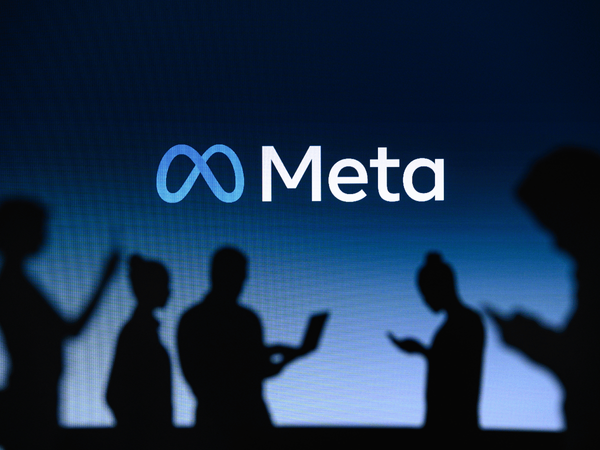Best Practices in Data and Privacy: How to Protect the Customer's Information

In today's highly connected digital world, businesses collect vast amounts of customer data. While this data can provide valuable insights for improving customer experiences and increasing business efficiency, it also presents a significant security risk. With countless high-profile data breaches making headlines in recent years, it's clear that data and privacy protection should be a top priority for businesses of all types and sizes. To ensure that customer data is secure, companies must adopt best practices in data and privacy protection– and we’ve brought you a few best practices to keep in mind as you try to strengthen your data and privacy policies.
Understanding the importance of customer data protection
Understanding the importance of customer data protection is vital for organizations that deal with sensitive and confidential information. Cybersecurity breaches can damage reputational damage, legal ramifications, and financial losses. According to a report by IBM, the average data breach cost is around $3.86 million. To safeguard against potential breaches, companies must ensure their customer data is secure by implementing advanced security protocols and complying with relevant data protection laws.
To achieve this, companies need to adopt a comprehensive data protection strategy involving cybersecurity measures, privacy policies, and employee training. Effective cyber defense measures include encryption, firewalls, and antivirus software. Encryption involves converting customer data into a coded language that can only be deciphered with a specific key, providing an additional security layer in case of a breach. Firewalls are used to restrict unauthorized access to company networks, while antivirus software can be used to detect and remove malware that could compromise security. In addition, companies need to have clear privacy policies that outline how they collect, store, and use customer data and protect customer data from unauthorized access. Employees should also be trained on the importance of data protection and how to avoid common vulnerabilities that lead to data breaches.
While complying with relevant data protection laws like the GDPR and CCPA is essential for any company that handles customer data. Failure to comply with these laws can lead to fines and reputational damage. Companies must ensure they are aware of their jurisdiction's relevant data protection laws and implement appropriate measures to comply with them.
The different types of data that need to be secured
You must know that different data types, such as financial data, customer information, confidential documents, and even intellectual property, must be secured.
Financial data includes sensitive information like credit card numbers and bank account details, which can be used to commit fraud if accessed by the wrong people.
Customer information includes contact details to purchasing history, which could be used for identity theft or other illicit activities.
Confidential documents may contain trade secrets or other sensitive information that needs to be safeguarded to protect the company’s competitive advantage.
Lastly, intellectual property contains ideas or inventions that can give a company a competitive edge over its rivals – this type of data must be kept secure.
In addition to these four types of data, attackers can target others, such as health records and website logs. Health records contain personal medical histories that malicious actors could misuse if not adequately secured. Website logs capture all user activity on a website and could reveal private information about visitors if not adequately protected. Keeping all these types of data secure requires effective security protocols and measures to ensure that only authorized users can access them. This includes encrypting the data with strong encryption algorithms, using firewalls to prevent unauthorized access, and monitoring systems for suspicious activity.
Establishing a privacy policy and keeping it up-to-date
A privacy policy outlines how an organization collects, uses, stores, and shares user data. It is crucial to have one in place to establish trust with customers and comply with laws and regulations. Ensuring an up-to-date privacy policy is equally important, as laws and regulations constantly evolve, and companies must adapt to stay compliant.
To keep a privacy policy up-to-date involves continuously reviewing and revising it. This includes keeping track of any changes to laws and regulations that may impact how user data can be collected, used, and shared. Additionally, organizations must pay close attention to changes in technology and behavior, as these can affect how user data is collected. Regularly reviewing the privacy policy and making updates can help ensure that user data is handled in a responsible and legally compliant manner.
Another important aspect of establishing a privacy policy is transparency. Companies must be clear and concise in their language and use easy-to-understand terminology to explain how user data is collected and used. This helps establish user trust and shows that the company is committed to protecting its privacy. The privacy policy should be accessible and prominently displayed on the company’s website.
Implementing an identity and access management system
Implementing an identity and access management (IAM) system is crucial to improving overall security and streamlining operations in any organization. IAM systems provide a centralized solution to manage user identities, access rights, and privileges. Implementing IAM allows organizations to better manage user access by giving users only the permissions they need to perform their jobs. This practice helps prevent data breaches and unauthorized access and ensures compliance with industry standards and regulations. IAM solutions can also simplify tasks such as provisioning and de-provisioning user accounts, password management, and responding to access requests. Furthermore, it reduces the risk of insider threats by monitoring user activity and detecting suspicious behavior. By deploying advanced IAM tools, organizations can significantly improve security, reduce costs associated with password resets and access management, and increase productivity.
Developing a data breach response plan
Developing a data breach response plan is crucial for any organization that wants to protect its sensitive information from cyber-attacks. A data breach response plan outlines the steps during a data security incident, ensuring a swift and coordinated response. The plan should include procedures for identifying and containing the breach, notifying affected parties, and communicating with customers, stakeholders, and the media. Regular training and simulation exercises can also ensure a fast and effective response during a security incident. According to a recent study, the average cost of a data breach is $3.86 million, highlighting the importance of having a response plan in place.
While no organization is immune to data breaches, proper planning and preparation can minimize the impact and prevent future occurrences. Take steps towards better security, and breathe a sigh of relief!





